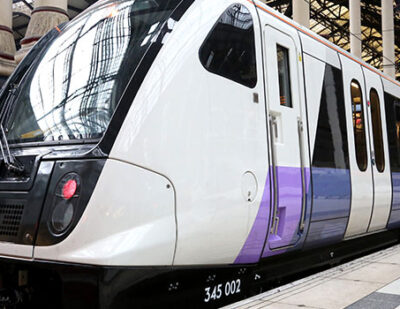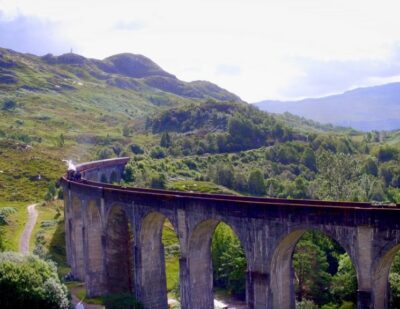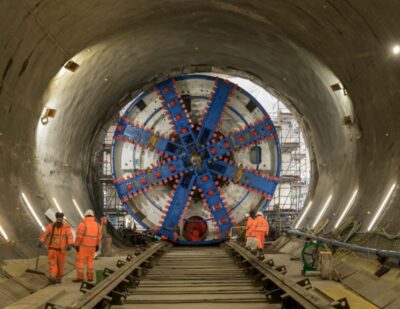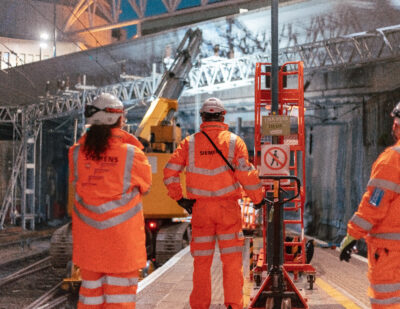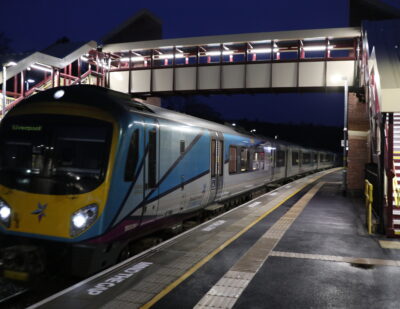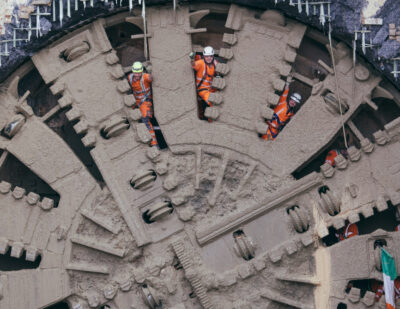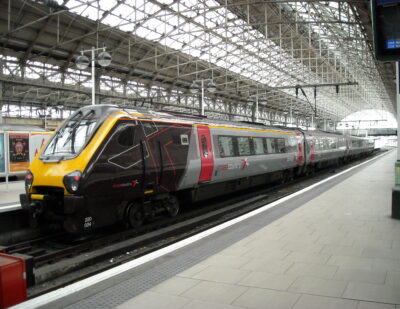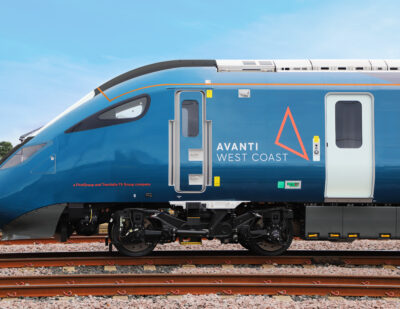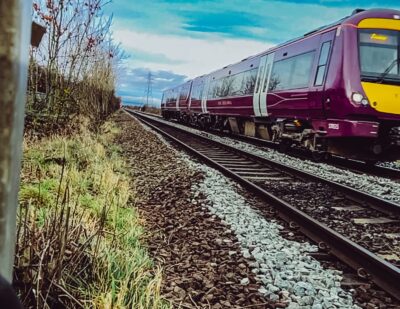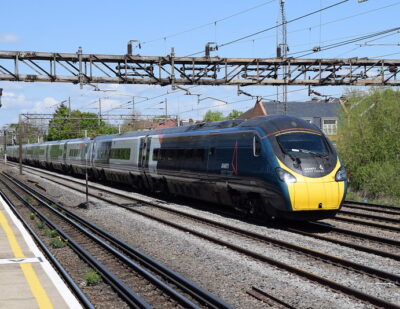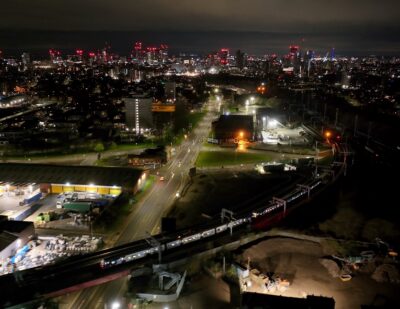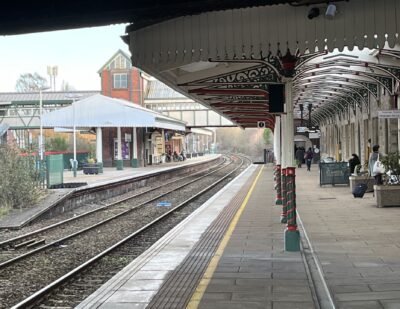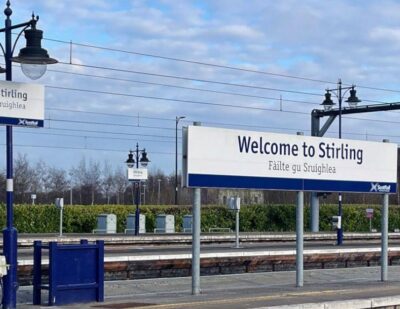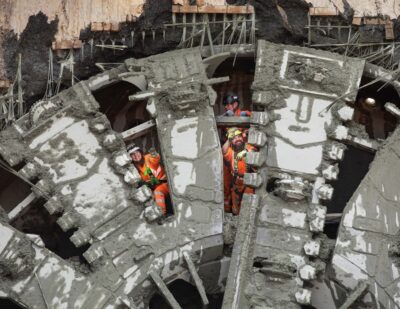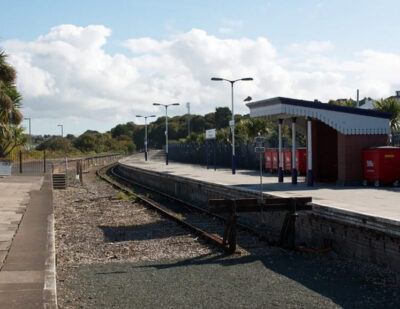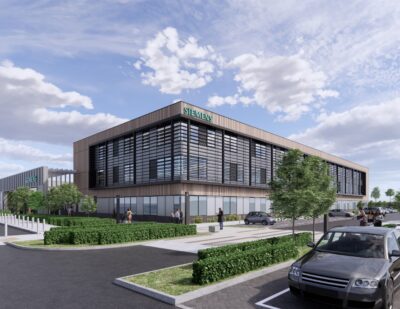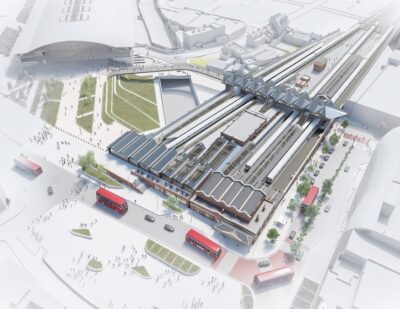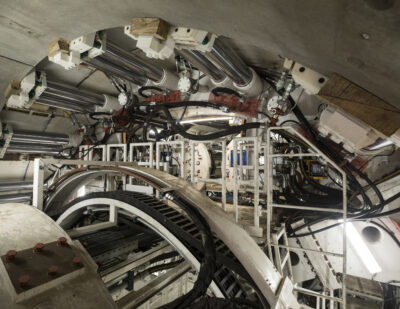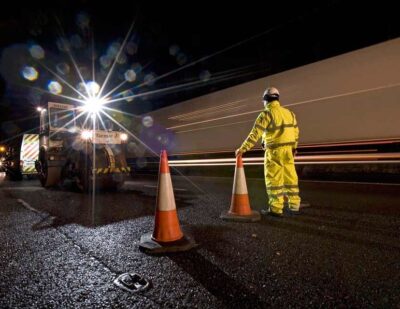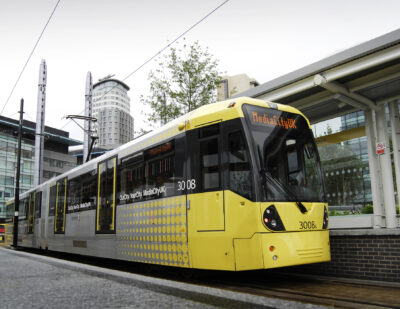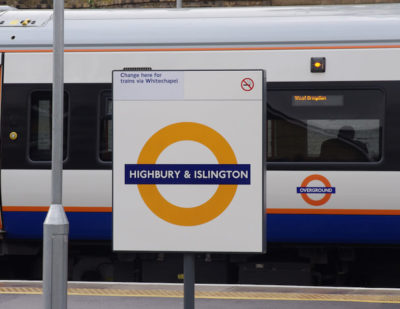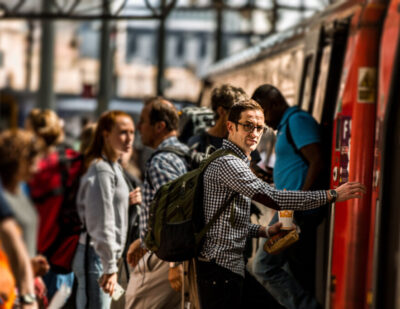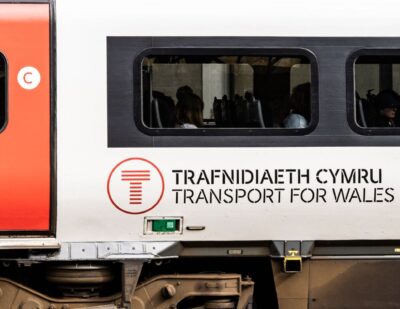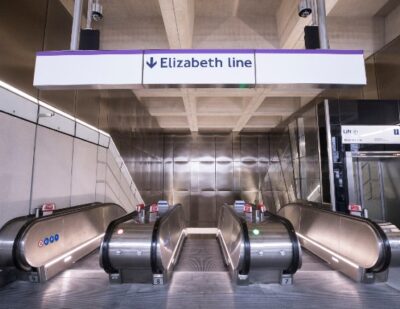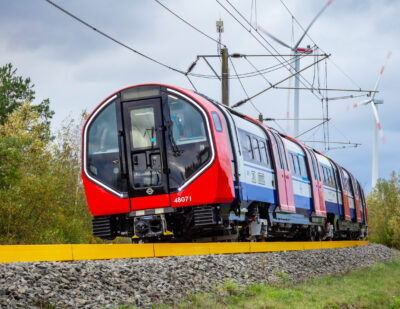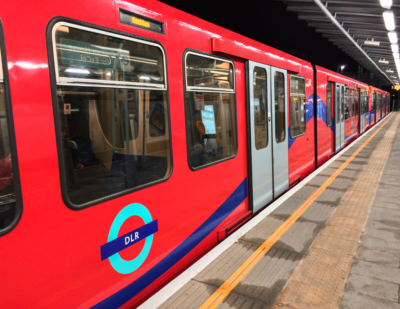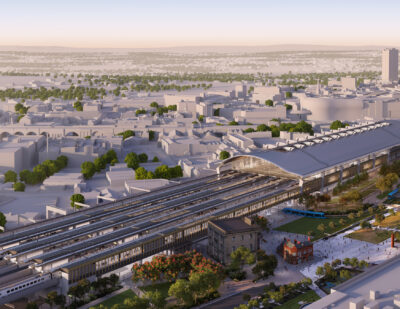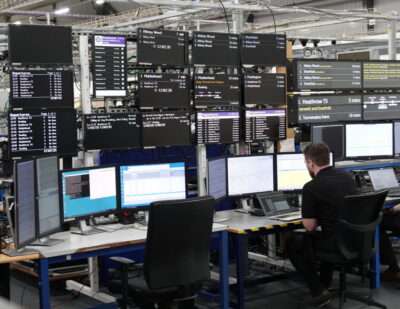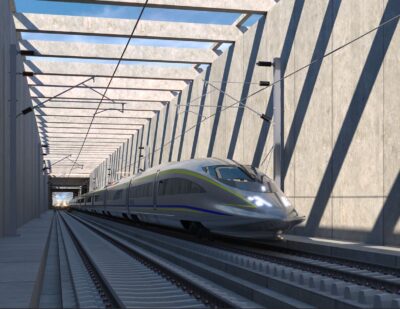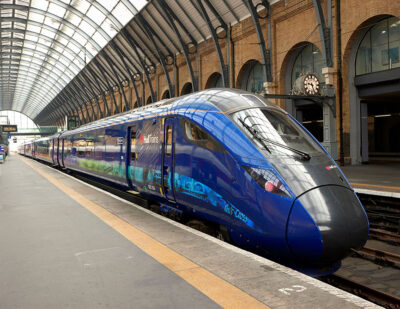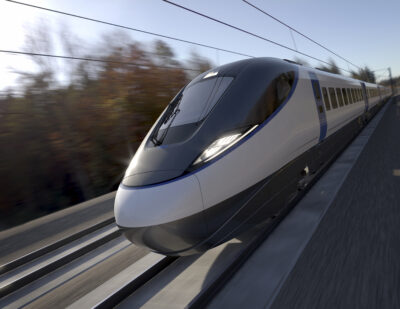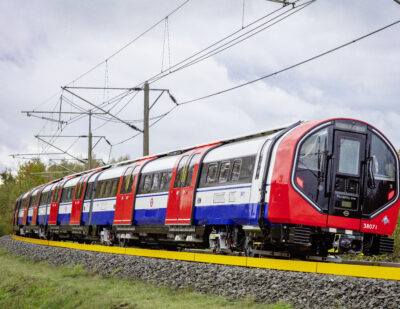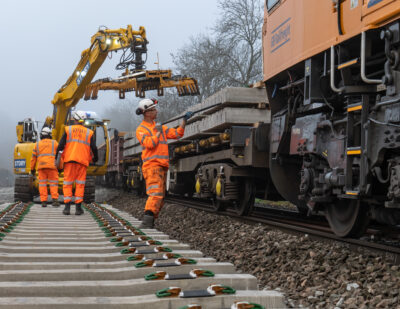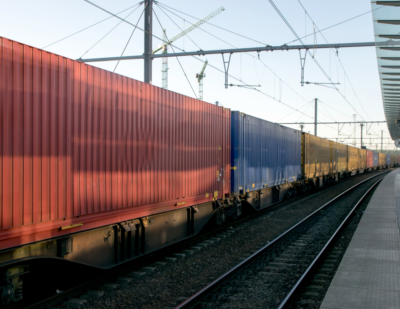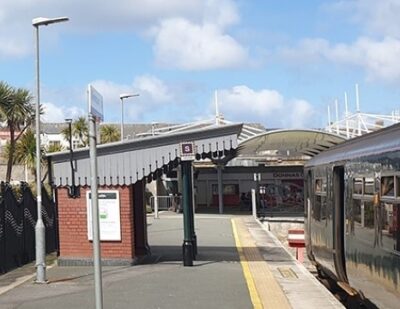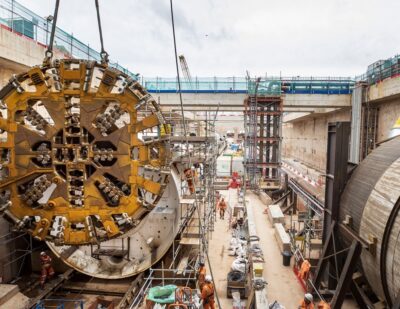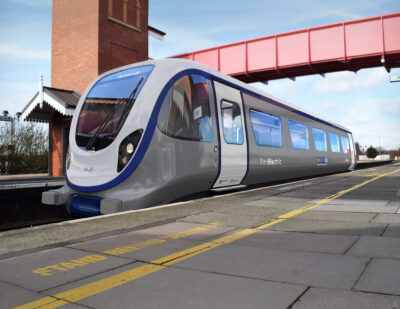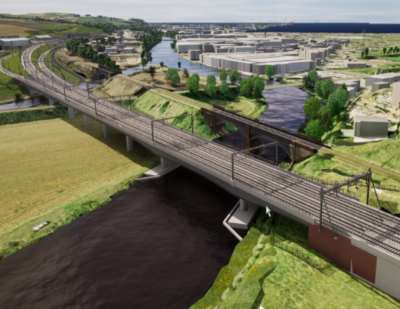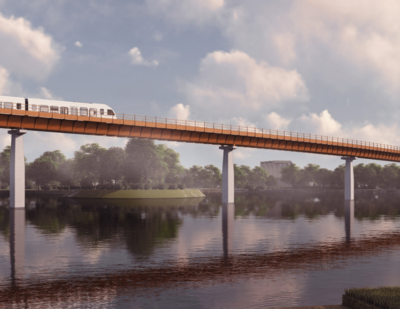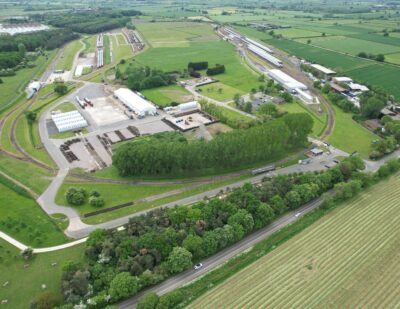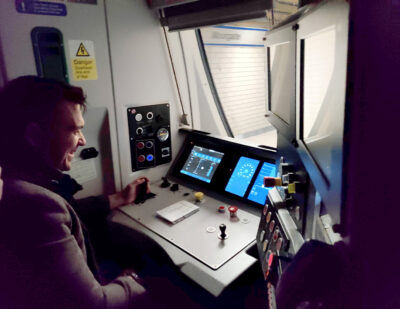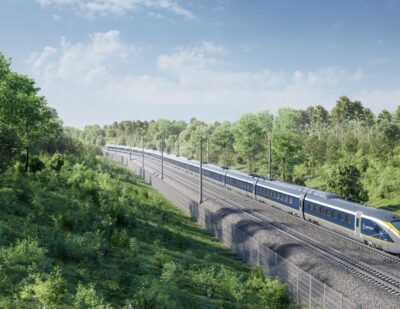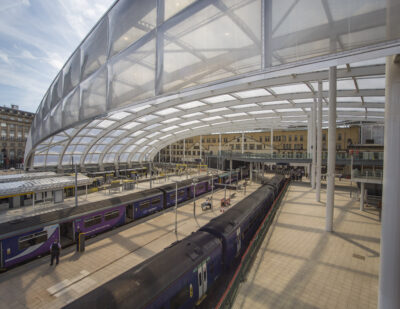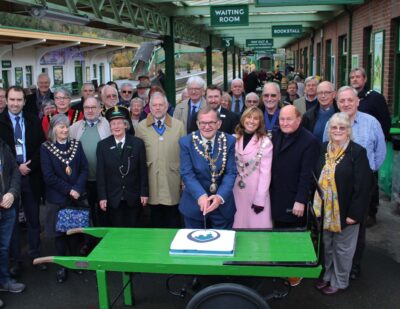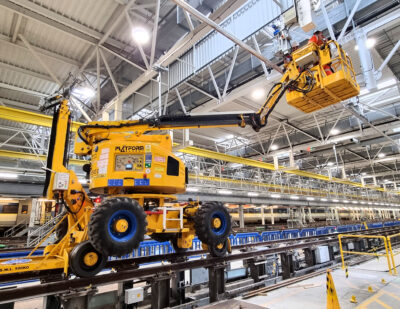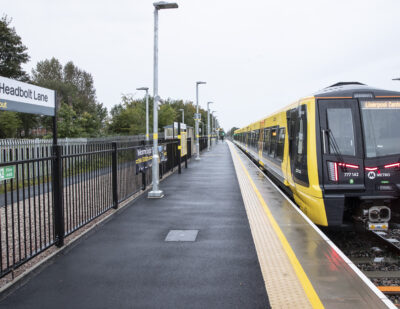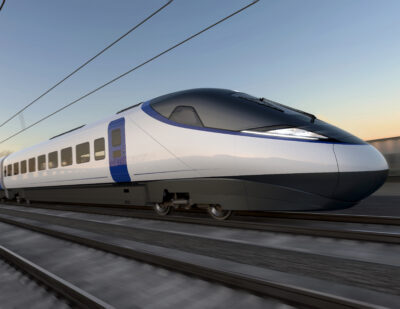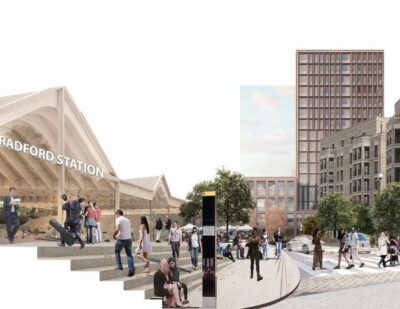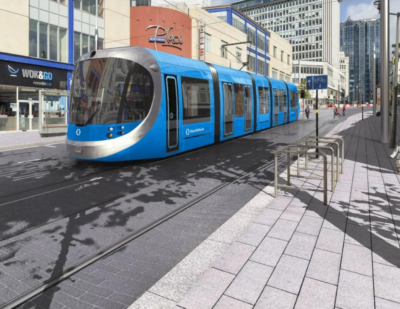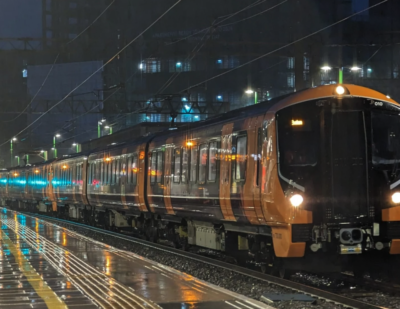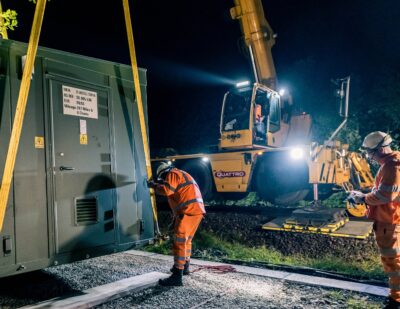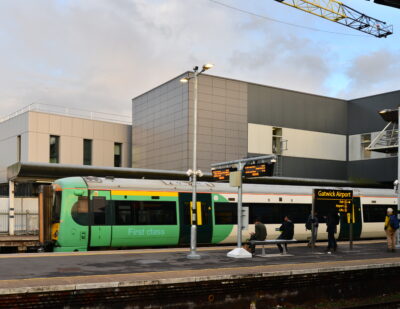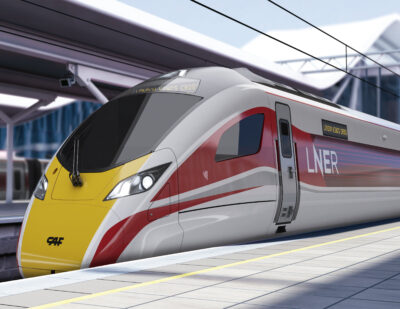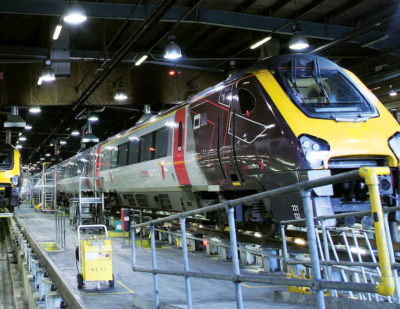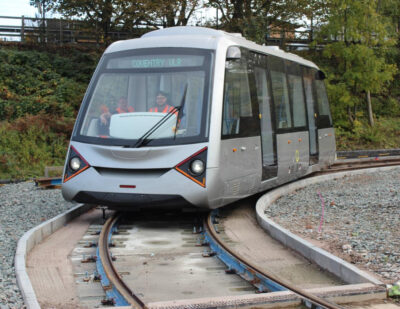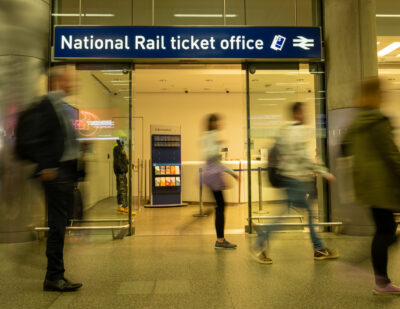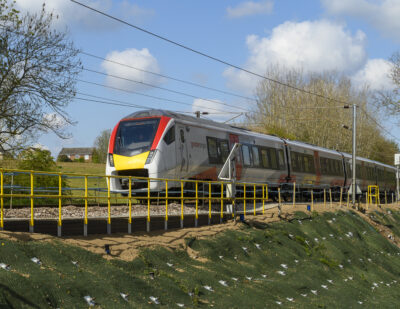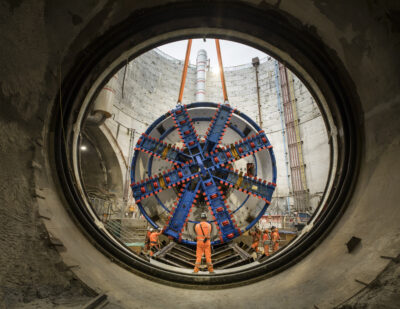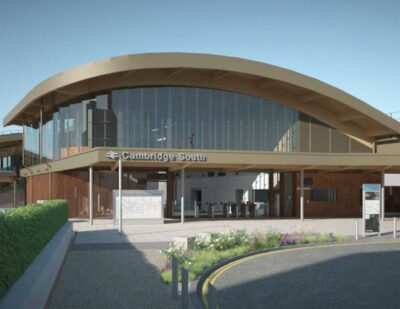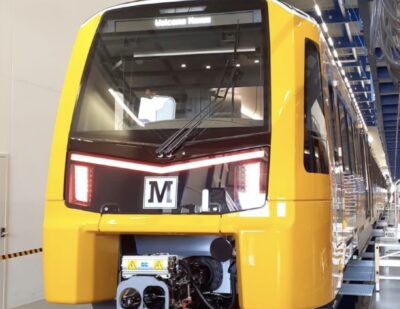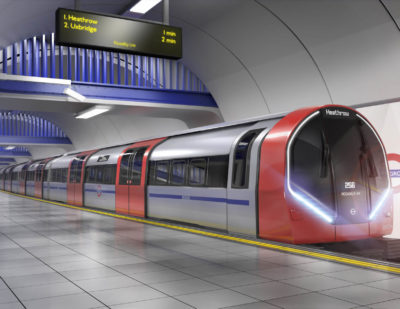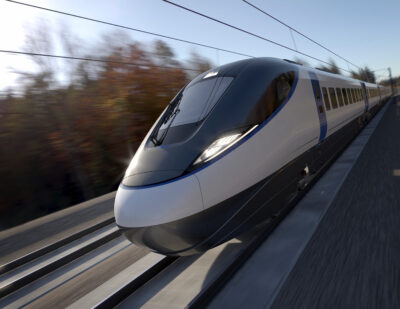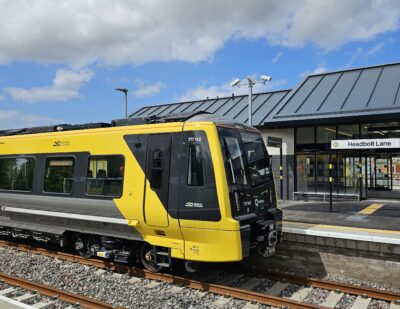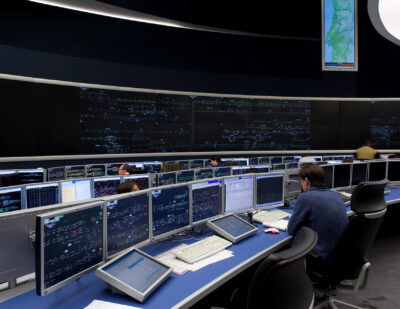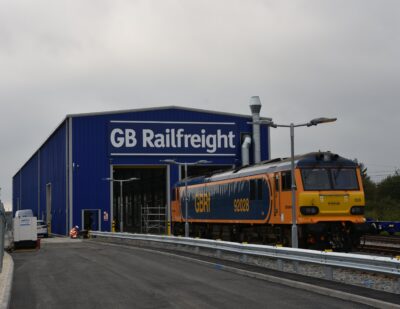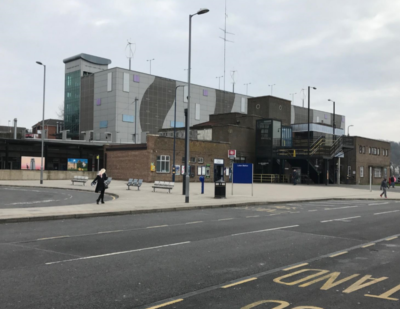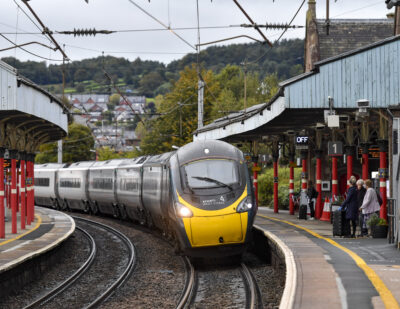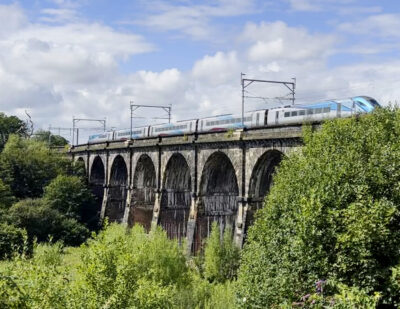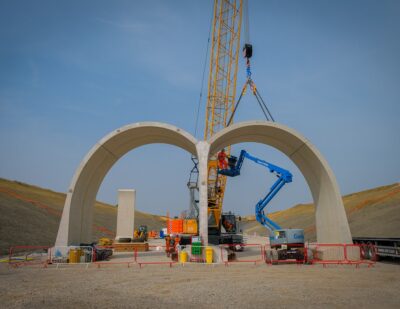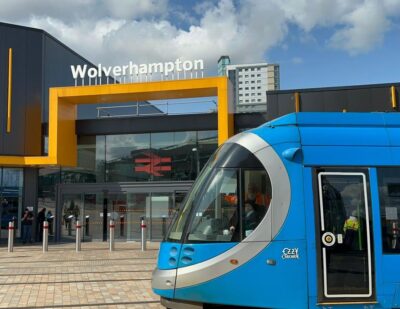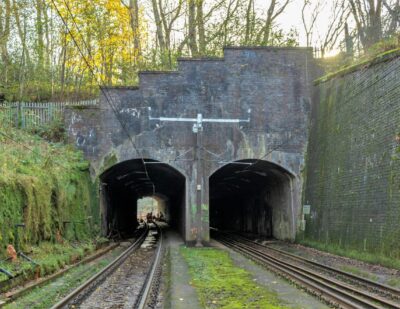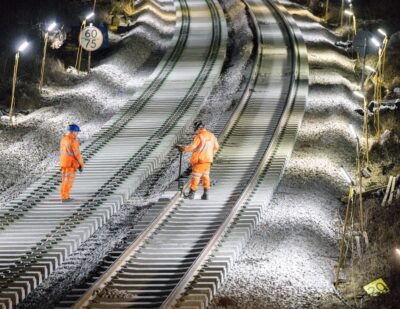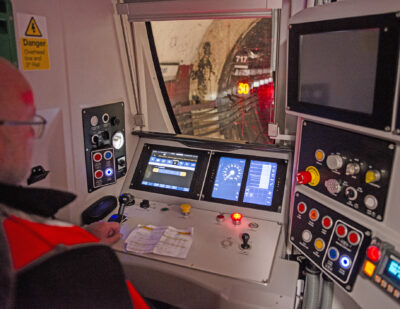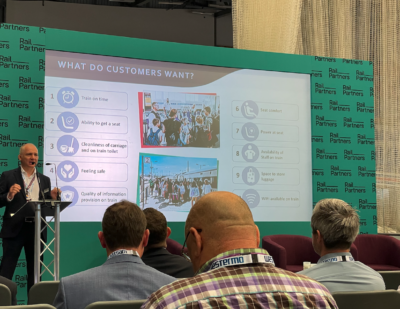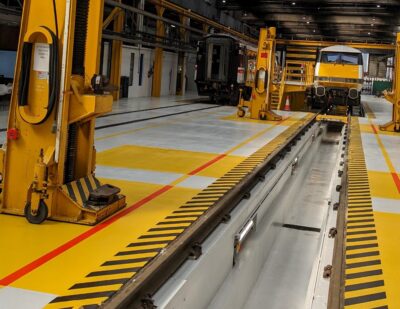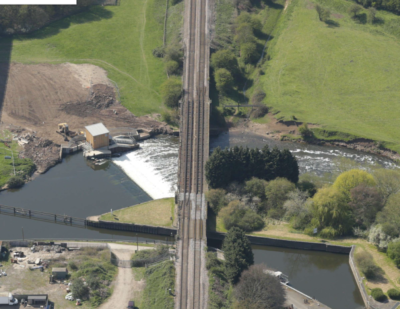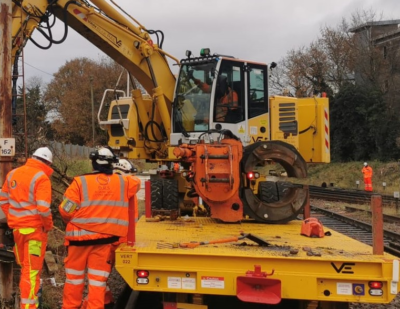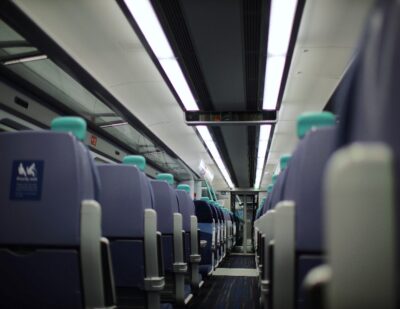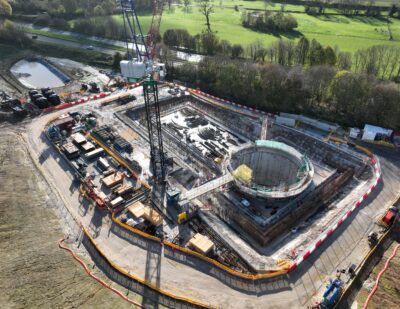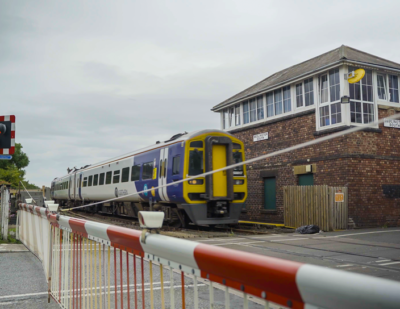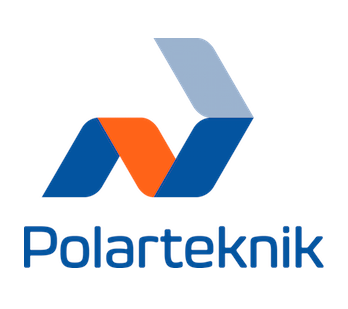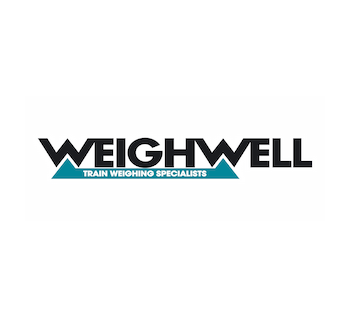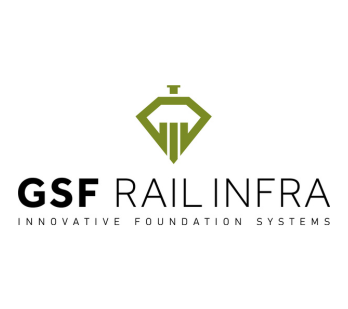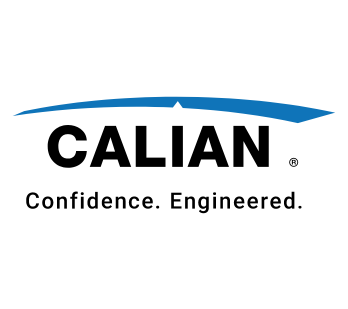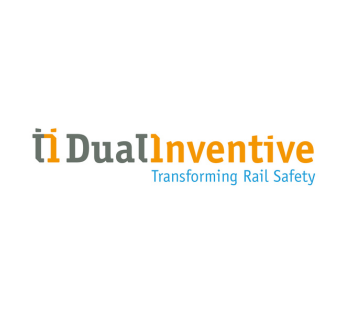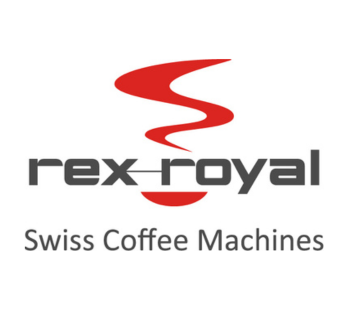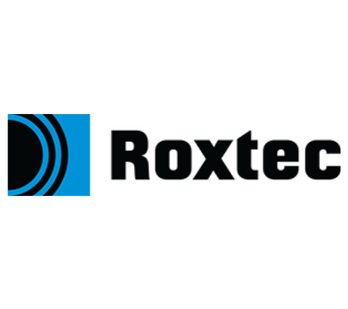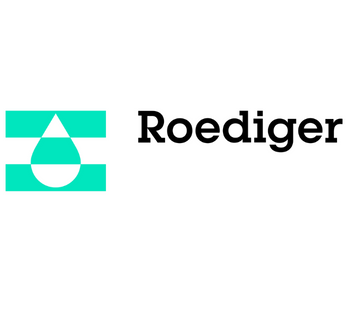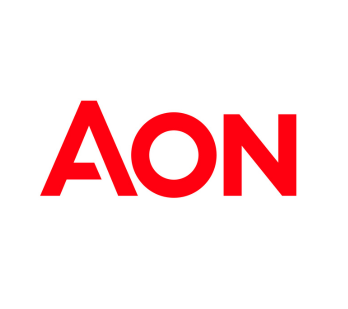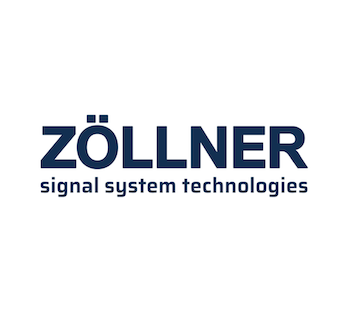Network Rail has presented a review of its sixth five-year funding period, Control Period 6 (CP6), which started on 1 April 2019 and is set to end on 31 March 2024.
During this time, Network Rail has worked to deliver major rail upgrades across Great Britain to improve the railway for its passengers and freight users while navigating a series of changes and events.
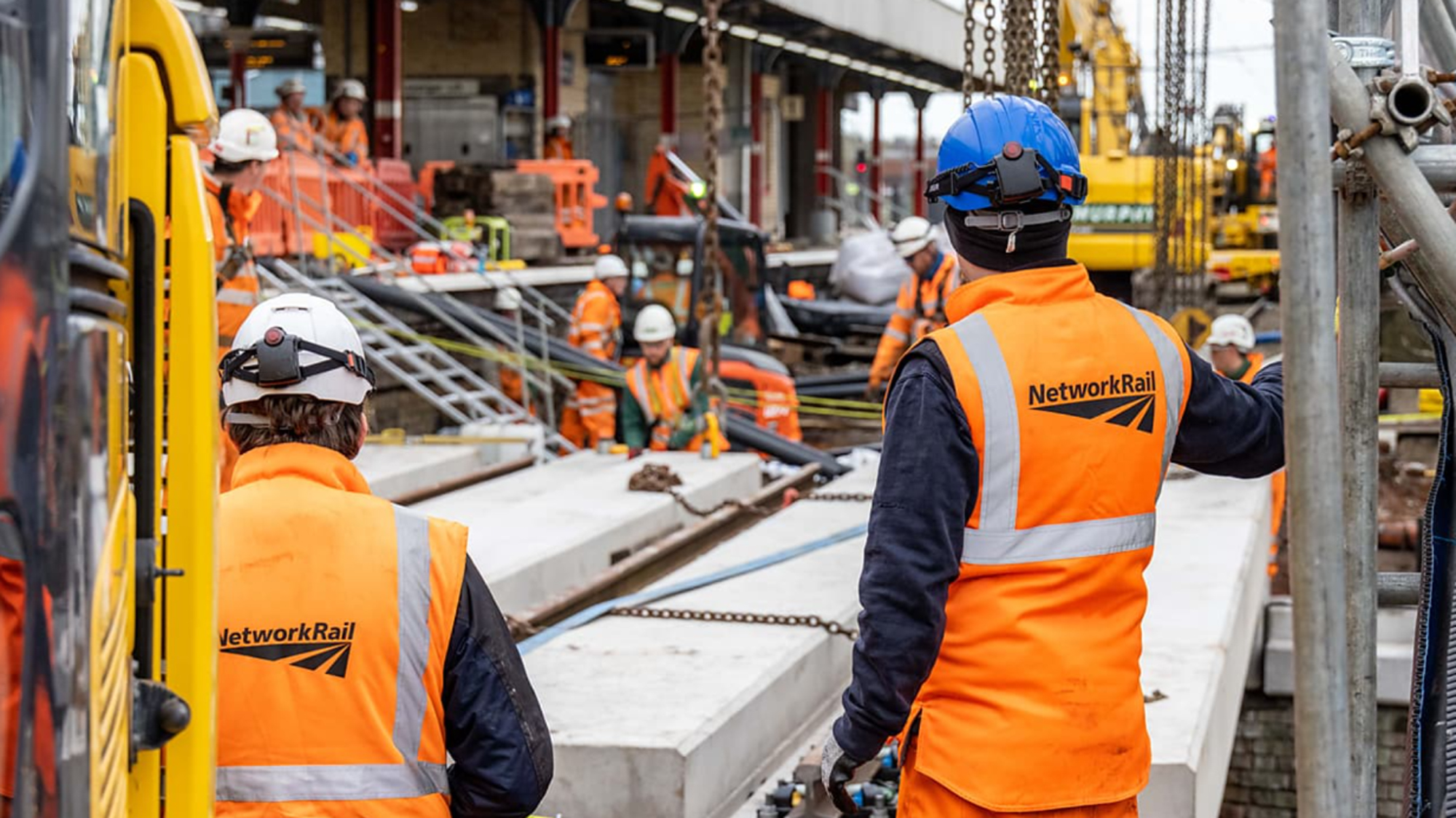
The infrastructure manager notes that CP6 began on the back of the disruptive 2018 timetable change and unaffordable enhancement programme. The network then had to navigate a pandemic, which brought significant changes in passenger numbers and behaviours.
Most recently, it has also been faced with significant industrial action, and is now entering into a transition to Great British Railways (GBR), which aims to bring track and train together.
As a result of these changes, Network Rail has had to adapt to continue delivering a functional network for passengers and freight customers.
“The last five years has seen unprecedented change, not just at Network Rail, but across the world. Our railway kept essential workers and freight moving during the Covid pandemic, and of course we’re now faced with a different challenge – building passenger numbers back.
“We are doing that through putting passengers first and getting closer to our customers.
“We started that process right at the beginning of the period as Network Rail devolved into five regional business, themselves split into 14 routes, to better respond to, and work with, our train operating colleagues, the Welsh and Scottish Governments, combined and local authorities and funders. It put us in a strong position to respond to the enormous change that hit us with the pandemic, and gave us the flexibility to bounce back afterwards.
“Through those changes we delivered a safe and reliable railway for our passengers and freight customers throughout the pandemic, through the Queen’s platinum jubilee, her subsequent funeral and the King’s coronation, as well as for the Commonwealth Games and Eurovision.
“We also took control of costs when delivering upgrades and renewals – slashing the cost of electrification, with the Glasgow-Barrhead project, for example, delivered for under £64m - and bringing in around £4bn of efficiencies over the period. That’s a huge achievement and means we are able to begin Control Period 7 in a position to deliver far, far more for our money.”
Alongside the successes, Andrew Haines also notes the catastrophes and difficulties that have occurred during CP6. This includes climate change and the impacts of extreme weather, as well as safety concerns for those working on the railway.
“Mixed with successes, the period also sadly saw tragedy. We will never forget the tragic events at Carmont, Scotland, in August 2020. Following this, we have brought about a huge change in the way we approach managing and mitigating the impacts of extreme weather.
“Climate change is perhaps the biggest challenge we face and almost £3bn of our Control Period 7 plan will go towards improving the resilience of our railway over the next five years.
“We also lost colleagues from Network Rail and our supply chain working on and around the railway, albeit at a much lower level than historically. We carry their memories with us as an example of how we can never be complacent and never stop trying to improve the way we work and make the railway safe.
“We began the control period with many working practices on tracks that would be familiar to our Victorian ancestors. We ended it having fundamentally changed the way we work, with a 99 per cent reduction in putting workers out on the ‘live’ railway to act as lookouts. That change has come at significant cost and some short-term lost of productivity but it was the right thing to do.”
Throughout CP6, Network Rail’s total renewal expenditure was 18.7 billion GBP, of which 16.8 billion GBP represents renewing core assets. In this time, Network Rail replaced 3,271 kilometres and refurbished 2,029 kilometres of track.
In addition, it also delivered 11.6 billion GBP of enhancements. This included enhancements funded by the Department for Transport, totalling 8.6 billion GBP, as well as those funded by Transport Scotland, which totalled 0.8 billion GBP. Other entities such as HS2 made up the difference of 2.2 billion GBP.
Notably, Network Rail states that it has made efficiency savings of 4 billion GBP throughout the control period. This marks an additional 500 million GBP of savings on top of its original 3.5 billion GBP five-year efficiency programme, thus exceeding the efficiency targets set by Office of Rail and Road.
“As CP6 draws to a close I also pay tribute to our enormous and diverse supply chain, from small SMEs to global players. We spend some £6bn a year with our suppliers we require their help more than ever to create an efficient railway and spend tax and farepayers’ money as wisely as we can.
“You may be surprised to hear that during CP6 we have facilitated the building of over 17,000 homes through land sales, building joint ventures and by unlocking developments around railway stations. In comparative terms that would make us on of Britain's top housebuilders. This couldn’t happen without the hard work of our property team and our development partners.
“Now, we look forward to the start of CP7, which sees climate change, train performance, industry revenue and reform as the focus and challenges before us. The creation of a new integrated rail body – Great British Railways – is designed to re-join track and train and aims to deliver a better, simpler, greener railway for all users. It will mark the end of Network Rail but that is something we look forward to in the interest of better serving our nations.
“It will also see us mark the 200th anniversary of the railway in 2025, a railway that has transformed the face of Britain, and the world and will continue to drive economic growth and prosperity, social cohesion and a greener economy.”
Specific improvements delivered throughout CP6 include:
Eastern
- Assisting in the delivery of the Elizabeth Line
- Completing a 1.5 billion GBP upgrade that included electrification between London and Corby on the Midland Main Line
- Constructing an 18.6 million GBP station for Soham
- Replacing 40-year-old tracks and creating a new track layout on the 1.5-mile approach to King’s Cross station
- Upgrading Leeds station
- Progressing work on the 1.4 billion GBP East Coast Digital Programme
North West & Central
- Rebuilding Stalybridge as part of the Transpennine Route Upgrade
- Resignalling the West Midlands with the closure of the Birmingham New Street signalbox
- Repairing the Ribblehead Viaduct
- Completing the Trent Valley Upgrade work
Scotland
- Rebuilding Glasgow Queen Street station
- Remodelling Carstairs to improve reliability and flexibility
- Opening new stations at East Linton, Kintore, Inverness Airport, Robroyston and Reston
- Electrification of the Glasgow Central to Barrhead line
- Renewing the Argyle Line
Southern
- Opening a new station at Gatwick Airport
- Completing upgrades at Southampton on the lines used by freight trains
- Resignalling between Feltham and Wokingham
- Opening a new station at Thanet Parkway
- Completing the first phases of the Victoria resignalling programme
Wales and Western
- Returning services to Okehampton with the reopening of the Dartmoor Line
- Renewing the Dawlish Seawall
- Connecting Ebbw Vale and Newport
- Restoring the Barmouth Viaduct
- Improving resiliency on the Severn Estuary Line
Moving into Control Period 7 (CP7), Network Rail states that it is looking to continue addressing the challenges of improving train performance and combatting climate change.

